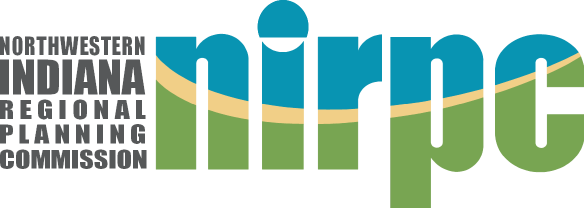Roads, highways and bridges can have a wide variety of environmental impacts. The best way to avoid these impacts is to first identify and understand what environmental resources and issues exist in a proposed project area. This information can then be incorporated into the planning and design phases to minimize or all together avoid foreseeable negative impacts.
SAFETEA-LU, the predecessor to MAP-21, requires metropolitan transportation plans to include a discussion of potential environmental mitigation activities in consultation with federal, state, and tribal wildlife, land management and regulatory agencies. The mitigation activities identified in the plan are to be at the policy and/or strategic level and not project specific.
Typically mitigating project impacts focuses on replacing similar resources as close to the impact site as feasible. This approach generally focuses on meeting regulatory requirements while not necessarily serving the highest ecological needs in a given area. To help address this, the U.S. Department of Transportation Federal Highway Administration and its project partners released Eco-Logical: An Ecosystem Approach to Developing Infrastructure Projects. The purpose of this document was to guide agencies and partners to work proactively in developing and implementing and ecosystem approach for mitigating the effects of transportation infrastructure projects. www.environment.fhwa.dot.gov/ecological/eco_entry.asp
An ecosystem approach can help agencies move from project boundary confinements and regulatory checklists to habitat conservation on broader ecosystem scales. This approach can also lead to more cost effective and efficient ways to avoid and minimize impacts while identifying and seizing conservation and mitigation opportunities that are quickly disappearing with development pressures.
The benefits to this approach include:
- Safer, improved infrastructure
- Improved watershed and ecosystem health
- Increased connectivity and conservation
- Efficient project development
- Increased transparency
While this approach will not necessarily eliminate all conflict, it does provide a mechanism to develop acceptable solutions that compliment multiple agency missions.
To address the requirements of SAFETEA-LU while also realizing the benefits of incorporating the ecosystem approach to transportation planning in Northwest Indiana, NIRPC has included a section on environmental mitigation and a plan for ongoing consultation with environmental and natural resource agencies as part of the 2040 CRP available for download here.
